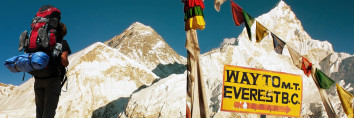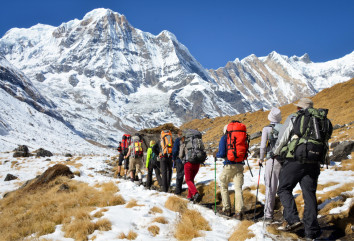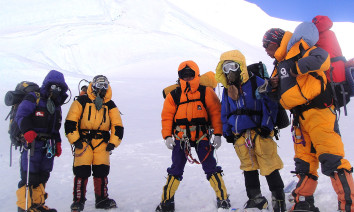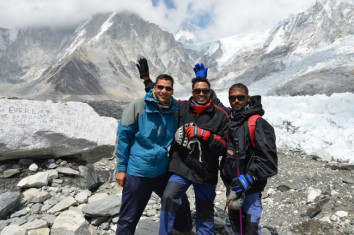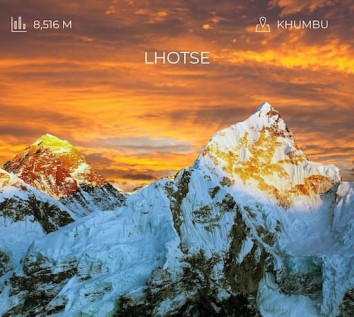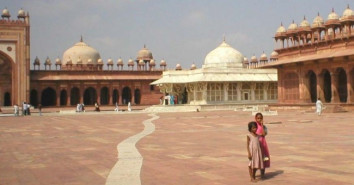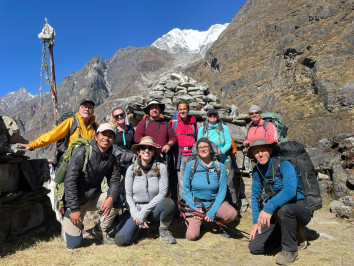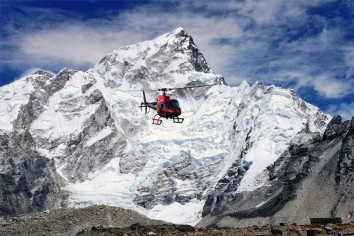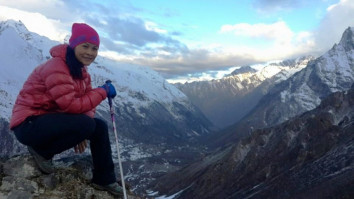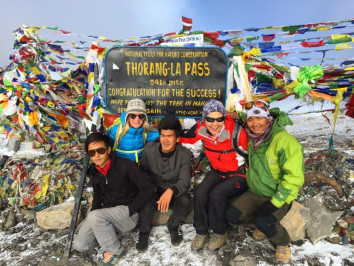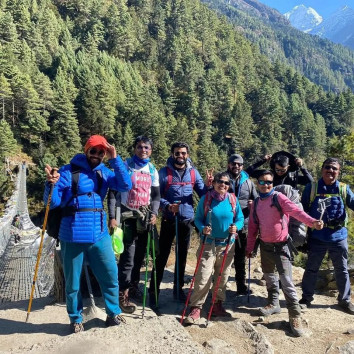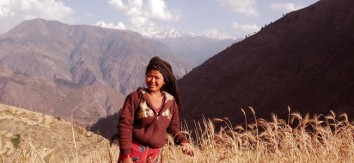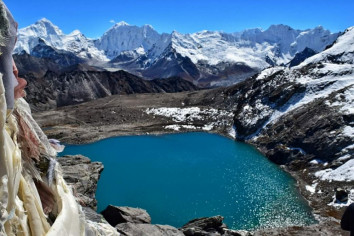1st Jan, 2024
Why Do People Travel to Mount Everest Nepal
Adventure and Challenge:
-
-
Climbing Mount Everest is considered one of the ultimate challenges in mountaineering, attracting adventurers seeking to test their skills and push their limits.
Table of Contents
-
-
Scenic Beauty:
- The Everest region offers breathtaking landscapes and views of the world's highest peaks, making it a destination for trekkers and nature enthusiasts.
-
Cultural Exploration:
- Visitors experience the rich Sherpa culture and traditions in the villages of the Everest region, adding a cultural aspect to the adventure.
-
Spiritual Significance:
- Everest holds religious significance for both Buddhists and Hindus, attracting pilgrims and those seeking a spiritual connection.
Why are mountains important in Nepal?
-
Biodiversity:
- Mountains in Nepal contribute to high biodiversity, hosting a variety of flora and fauna, including unique species adapted to the rugged terrain.
-
Water Source:
- Many major rivers in Nepal originate from the Himalayas, providing a crucial water source for agriculture and daily life.
-
Tourism:
- The majestic mountain landscapes attract tourists, contributing significantly to Nepal's tourism industry and economy.
-
Cultural Identity:
- Mountains play a vital role in shaping the cultural identity of the Nepalese people, influencing their traditions, folklore, and way of life.
Why should I go to Mt Everest?
-
Achievement and Adventure:
- Climbing Everest is a remarkable personal achievement and a thrilling adventure for those seeking to conquer one of the world's highest peaks.
-
Spectacular Views:
- The Everest region offers stunning panoramic views of the Himalayas, providing a unique and awe-inspiring visual experience.
-
Cultural Immersion:
- Exploring the Sherpa culture and traditions in the villages along the trek to Everest Base Camp offers a rich cultural experience.
-
Spiritual Connection:
- For those with a spiritual inclination, the region's monasteries and the overall serene environment provide an opportunity for reflection and connection.
Is Mt Everest flight worth it?
- A flight over Mount Everest offers a unique and awe-inspiring perspective of the world's highest peak and the surrounding Himalayan range. The experience is often considered worth it for those who may not be able to trek to Everest Base Camp.
Why do tourists visit the Himalayan and hilly regions of Nepal?
-
Scenic Beauty:
- The Himalayan and hilly regions of Nepal offer breathtaking landscapes, including snow-capped peaks, lush valleys, and picturesque villages.
-
Adventure Activities:
- The regions provide opportunities for trekking, mountaineering, and other adventure activities, attracting outdoor enthusiasts.
-
Cultural Exploration:
- Visitors can experience the unique cultures and traditions of diverse ethnic groups living in the mountains and hills.
-
Biodiversity:
- These areas host diverse flora and fauna, making them attractive for nature lovers and wildlife enthusiasts.
What is so special about mountains?
-
Breathtaking Landscapes:
- Mountains offer stunning natural beauty with towering peaks, deep valleys, and picturesque landscapes.
-
Biodiversity Hotspots:
- Mountainous regions often host unique ecosystems and species adapted to the challenging conditions.
-
Cultural Significance:
- Mountains have cultural and spiritual importance for many communities, shaping their traditions, folklore, and way of life.
Which mountain is known as Killer mountain?
- The mountain known as the "Killer Mountain" is Nanga Parbat. This nickname is due to the high fatality rate among climbers attempting to summit the peak.
Why are mountains so important to us?
-
Biodiversity Conservation:
- Mountains host diverse ecosystems, contributing to global biodiversity and providing habitats for unique species.
-
Water Source:
- Many major rivers originate from mountainous regions, serving as vital water sources for downstream areas.
-
Cultural Identity:
- Mountains often hold cultural and spiritual significance, shaping the identity and traditions of communities residing in these regions.
Why do people go mountaineering?
- People go mountaineering for various reasons, including the challenge of conquering peaks, the thrill of adventure, the desire to experience nature in its raw form, and the personal sense of achievement.
What is Everest mountain flight?
- An Everest mountain flight is a scenic flight offered by airlines in Nepal that provides passengers with breathtaking views of Mount Everest and other Himalayan peaks. These flights are popular for those who want to witness the majestic mountains without trekking.
How scary is Everest ride?
- The perception of fear during an Everest mountain flight or trek varies from person to person. The flight is generally considered safe, and while some may find it thrilling, others may feel a sense of awe and wonder at the majestic scenery.
How high is Everest flight?
- Everest mountain flights typically fly at altitudes ranging from 20,000 to 25,000 feet, offering passengers panoramic views of the Himalayas, including Mount Everest.
Why Nepal is very famous?
- Nepal is famous for its stunning landscapes, including the Himalayas, diverse cultures and traditions, ancient temples and monasteries, and as a destination for trekking and mountaineering, including Mount Everest.
What major tourist attraction brings so many tourists to Nepal?
- The major tourist attractions in Nepal include Mount Everest, Annapurna Circuit, cultural heritage sites in Kathmandu Valley, Lumbini (the birthplace of Buddha), and diverse trekking routes.
How much old is Nepal?
- The history of Nepal dates back thousands of years, with the country having a rich cultural and historical heritage. The unification of small kingdoms into the modern state of Nepal was accomplished by King Prithvi Narayan Shah in the 18th century.
What are 3 interesting facts about mountains?
-
Elevation Variability:
- Mountains cover about 22% of the Earth's land surface, and the highest point, Mount Everest, is 29,032 feet (8,848 meters) above sea level.
-
Biodiversity Hotspots:
- Mountains are home to a significant portion of the world's biodiversity, with diverse ecosystems and unique species adapted to high altitudes.
-
Tectonic Activity:
- Many mountain ranges, including the Himalayas, are formed by tectonic plate movements, where plates collide, leading to the uplift of the Earth's crust.
Why do people love the mountains?
- People love mountains for their majestic beauty, the sense of adventure they offer, the opportunity for outdoor activities like hiking and skiing, and the tranquility and peace found in mountainous landscapes.
What is beautiful about mountains?
- The beauty of mountains lies in their majestic peaks, scenic landscapes, diverse ecosystems, and the ever-changing play of light and shadows that create breathtaking views.
Why do I feel better in the mountains?
- Being in the mountains can have positive effects on well-being, including reduced stress levels, improved mood, and a sense of tranquility. The fresh air, stunning views, and connection with nature contribute to these feelings.
Why do mountains make me happy?
- Mountains can evoke happiness due to the beauty of their landscapes, the sense of accomplishment from reaching their peaks, and the peaceful and serene environment they provide.
What are two interesting facts about mountains?
-
Ecological Importance:
- Mountains are often referred to as "water towers" because they store and release water, providing essential resources for downstream areas.
-
Cultural Significance:
- Mountains are central to the folklore, mythology, and spiritual beliefs of many cultures around the world.
Where is the deadliest mountain?
- Annapurna, located in the Himalayas of Nepal, is often considered one of the deadliest mountains for climbers due to its high fatality rate.
What is the 2nd deadliest mountain?
- K2, located on the China-Pakistan border, is often considered the second deadliest mountain, primarily due to its challenging climbing conditions and high fatality rate.
Which mountain has most deaths?
- Annapurna is often cited as having one of the highest fatality rates among climbers, earning it the reputation of being one of the deadliest mountains.
What are the advantages and disadvantages of mountains?
Advantages:
- Biodiversity: Mountains are biodiversity hotspots.
- Water Source: They serve as sources of major rivers.
- Cultural Significance: They shape cultural identities.
Disadvantages:
- Inaccessibility: Remote mountainous areas can be challenging to access.
- Natural Hazards: Mountains are prone to landslides, avalanches, and earthquakes.
What is a mountain in short notes?
- A mountain is a large landform that rises prominently above its surroundings, typically having a peak or summit. Mountains can be formed through tectonic processes, volcanic activity, or erosion.
Why are mountains cold?
- The temperature decreases with altitude, and mountains have higher elevations. As one ascends a mountain, the air becomes thinner, leading to a drop in temperature. This is known as the lapse rate.
Is Mount Everest always cold?
- Mount Everest experiences extremely cold temperatures, especially at higher altitudes. The summit temperatures can drop well below freezing, even in the summer months.
Why does snowfall on mountains?
- Snowfall occurs on mountains when moist air rises, cools, and condenses into clouds. As the air continues to rise, the water vapor turns into snow crystals, leading to snowfall.
Are mountains close to the sun?
- No, mountains are not physically close to the sun. The distance between Earth's surface, including mountains, and the sun is vast. The perception of proximity is due to their elevation and visibility.
Can we live on mountains?
- Yes, people live on mountains in various parts of the world. Mountainous regions have communities with adapted lifestyles, addressing the challenges posed by the rugged terrain.
Is sun strong in mountains?
- The sun's intensity increases at higher altitudes due to thinner atmospheres. This can result in stronger UV radiation in mountainous areas, making sun protection crucial.
Can we land in the sun?
- Landing on the sun is not possible due to its extremely high temperatures. The sun's surface temperature is around 5,500 degrees Celsius (9,932 degrees Fahrenheit).
Which country is very close to the sun?
- No country is physically close to the sun. Earth's distance from the sun is approximately 93 million miles (150 million kilometers).
Is it hotter or colder in the mountains?
- Generally, temperatures decrease with altitude, so it is colder in the mountains. However, microclimates and local weather patterns can vary.
Does heat rise on mountains?
- Yes, warm air tends to rise due to its lower density. This natural process is known as convection, and it plays a role in atmospheric circulation.
Why trekking in Nepal?
- Nepal offers diverse trekking routes, stunning landscapes, rich cultural experiences, and the chance to explore the Himalayas, making it a popular destination for trekking enthusiasts.
What is Mt Everest called in Nepal, and what does it mean?
- Mount Everest is known as "Sagarmatha" in Nepal. In the Sherpa language, it is called "Chomolungma." "Sagarmatha" means "Forehead of the Sky" in Nepali.
Why is it costly to climb Mount Everest?
- Climbing Mount Everest is costly due to various factors, including the need for experienced guides, equipment, permits, logistics, and the risks involved in high-altitude mountaineering.
Can I buy a mountain in Nepal?
- While individuals cannot buy entire mountains in Nepal, they can purchase land in mountainous regions for various purposes, including construction or tourism.
Which is the tallest place in Nepal?
- The highest point in Nepal is the summit of Mount Everest, standing at an elevation of 29,032 feet (8,848 meters) above sea level.
Is Nepal known for mountains?
- Yes, Nepal is renowned for its majestic mountains, including eight of the world's 14 highest peaks, making it a prime destination for trekking and mountaineering.
Is Nepal called Himal?
- No, Nepal is not called "Himal." "Himalaya" refers to the entire mountain range that stretches across several countries, including Nepal. The term "Himalaya" means "abode of snow" in Sanskrit.
Where is the mountain in Nepal?
- Mountains are widespread throughout Nepal, with the Himalayan range dominating the northern part of the country. The Annapurna and Langtang ranges are also prominent.
What are the 8 mountains in Nepal?
- Mount Everest (Sagarmatha/Chomolungma)
- K2 (Mount Godwin-Austen)
- Kangchenjunga
- Lhotse
- Makalu
- Cho Oyu
- Dhaulagiri
- Manaslu
Which mountain is best for Nepal mean time?
- The term "Nepal Mean Time" is not associated with a specific mountain. Nepal follows Nepal Time (NPT), which is 5 hours and 45 minutes ahead of Coordinated Universal Time (UTC+5:45).
Why are mountains important in Asia?
-
Water Source:
- Many major rivers in Asia, including the Ganges and the Yangtze, originate from the Himalayas, providing water for millions of people.
-
Cultural Significance:
- Mountains, especially in the Himalayas, hold cultural and spiritual importance for various Asian communities, influencing traditions and beliefs.
What is a paragraph about the mountains in Nepal?
Nepal, nestled in the heart of the Himalayas, boasts a landscape adorned with majestic mountains and breathtaking vistas. The country is home to eight of the world's 14 highest peaks, including the iconic Mount Everest, also known as Sagarmatha in Nepali. These towering peaks not only attract mountaineers and trekkers seeking adventure but also contribute significantly to Nepal's cultural identity. The Himalayas shape the country's folklore, providing a spiritual backdrop to the lives of its people. The mountainous terrain plays a crucial role in supporting diverse ecosystems and serves as the origin of major rivers, sustaining life downstream. With stunning landscapes, diverse cultures, and challenging trekking routes, the mountains of Nepal continue to captivate the hearts of adventurers and nature enthusiasts alike.
Are dead climbers left on Everest?
- In some cases, the bodies of deceased climbers on Mount Everest remain on the mountain due to the extreme conditions and challenges involved
Can anyone climb Mount Everest?Climbing Mount Everest is a challenging and demanding feat that requires physical fitness, technical skills, and experience in high-altitude mountaineering. While it is not restricted to professional climbers, not everyone can attempt to climb Everest. Climbers need to obtain permits from the Nepalese government, join an organized expedition, and meet certain criteria set by the expedition organizers. Additionally, climbers must be in good health and have experience with high-altitude conditions.
Do people still climb Everest?
As of my last knowledge update in January 2022, people were still climbing Everest, and it's likely that this continues to be the case. Climbing Everest remains a popular but perilous adventure, attracting climbers from around the world each year. However, it's essential to note that the climbing season and regulations may change over time, and it's recommended to check for the latest information.
Why are mountains important in Nepal?
Mountains are crucial to Nepal for several reasons:
Biodiversity: Nepal's mountainous terrain supports diverse ecosystems and a wide range of plant and animal species.
Water Resources: Many major rivers in South Asia originate in the Himalayas, providing vital water resources for agriculture, hydropower, and other human activities.
Tourism: The stunning Himalayan landscapes, including Mount Everest, attract tourists and mountaineers from around the world, contributing significantly to Nepal's economy.
Cultural Significance: Mountains have deep cultural and religious significance in Nepalese society. Many religious sites and pilgrimage destinations are located in the mountains.Why are there mountains in Nepal?
Nepal is situated in the Himalayan region, and the presence of mountains is primarily due to tectonic activity. The collision of the Indian and Eurasian tectonic plates has led to the uplift of the Himalayan mountain range over millions of years. This ongoing tectonic process continues to shape the landscape of Nepal and the surrounding regions.
What is the importance of the hilly region of Nepal?
The hilly region of Nepal, which lies between the lowland Terai region and the mountainous Himalayan region, is of great importance for several reasons:
Agriculture: The hilly region is characterized by terraced fields and is suitable for agriculture. Many traditional farming practices are employed in this region, contributing to the country's food production.
Settlements: The hilly region is home to a significant portion of Nepal's population, with towns and villages scattered across the landscape.
Transportation: Despite the challenging terrain, the hilly region is crisscrossed by roads and trails, serving as important transportation routes between the Terai and Himalayan regions.
Cultural Diversity: The hilly region is known for its cultural diversity, with various ethnic groups and communities residing in different parts of the hills, each with its unique traditions and customs.
Best Selling Trips Nepal, Tibet And Bhutan
Actual Adventure offer more then 50 special holidays package in Nepal, Tibet, Bhutan and India, including Trekking, tour, biking and climbing. from 1 week to 3 weeks holidays with reasonable. you can think for Annapurna Base Camp Trekking, Manaslu circuit Trek, Tsum Valley Trek, and Everest Base Camp Trekking, which are equally worthy to carry out Nepal Trekking and Hiking during your Nepal to visit lets Book your Adventure with us Everest Base Camp Trek, Annapurna Base Camp Trek, Langtang Valley Trek, Langtang Gosainkunda Trek, Manaslu Circuit Trekking Peak climbing and Expedition above 8000m or Any 3 country tour in Himalayas for culture, pilgrimage or explore view Explore the most sought-after Buddhist pilgrimage packages in Asia featuring enchanting destinations in Nepal, Tibet, and Bhutan.
Recent Posts

23rd Jan, 2017

12th Jan, 2014
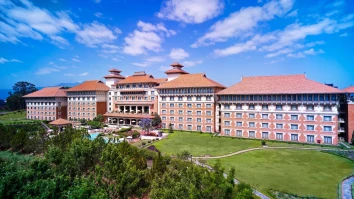
24th Apr, 2017
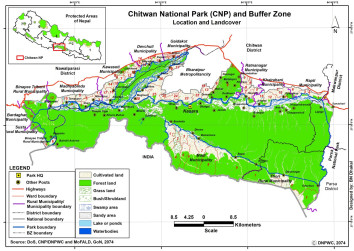
3rd Apr, 2014

3rd Jun, 2017

20th Jan, 2017

16th Jan, 2017
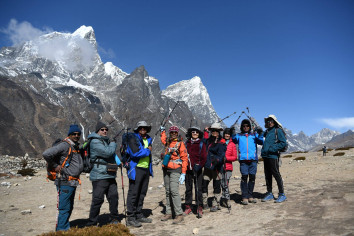
12th Jul, 2015

9th Apr, 2019
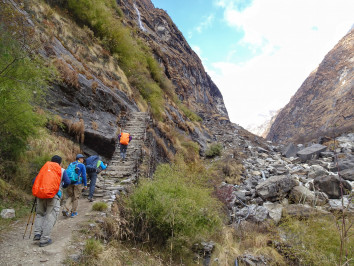
9th Jan, 2014
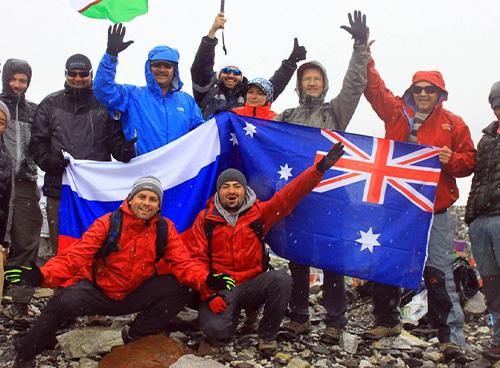
4th Apr, 2019

2nd Jan, 2014

2nd Apr, 2019

2nd Jan, 2014
-1.jpg)
30th Jan, 2017
-1.jpg)
4th Oct, 2018

16th Oct, 2018

9th Oct, 2018

24th Jan, 2016

4th Oct, 2018
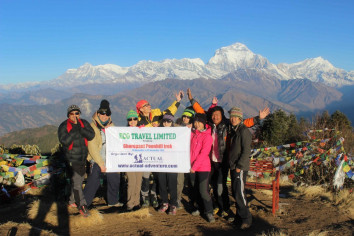
24th Aug, 2022

8th Sep, 2022

15th Sep, 2022
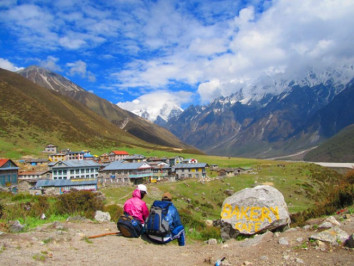
3rd Mar, 2023
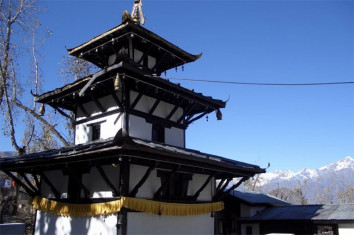
7th Mar, 2023
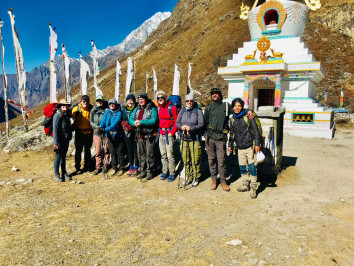
27th Mar, 2023

5th Apr, 2023

12th Apr, 2023
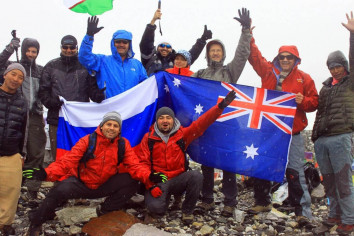
21st Apr, 2023

24th Apr, 2023
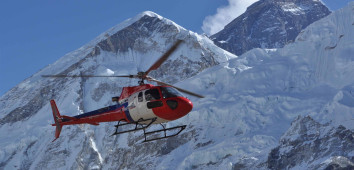
27th Apr, 2023

1st May, 2023
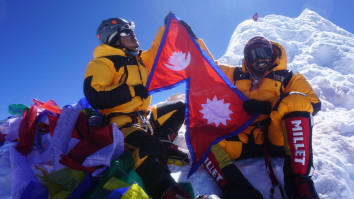
1st May, 2023
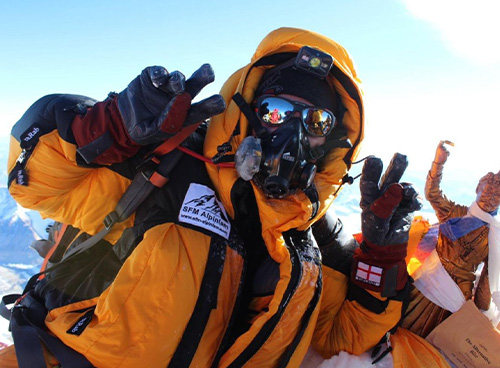
3rd May, 2023
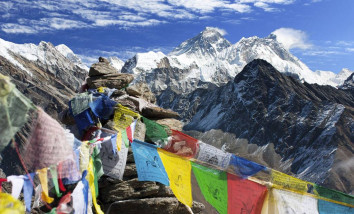
18th May, 2023
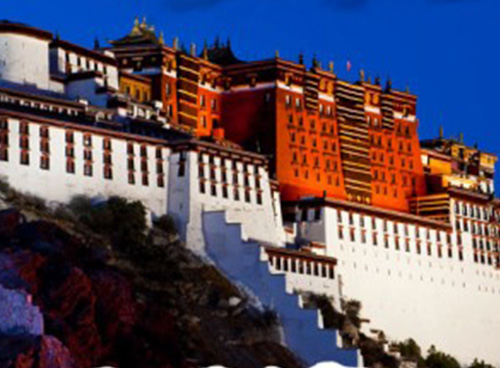
19th May, 2023

16th Jul, 2023

16th Jul, 2023
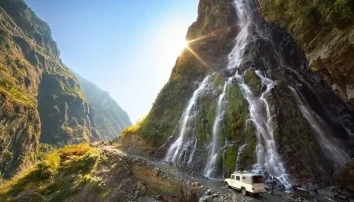
16th Jul, 2023
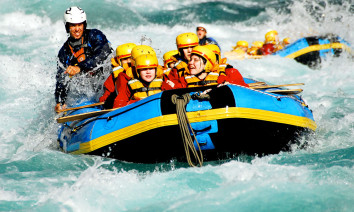
16th Jul, 2023

17th Jul, 2023

17th Jul, 2023

17th Jul, 2023

17th Jul, 2023

17th Jul, 2023

17th Jul, 2023

17th Jul, 2023

20th Jul, 2023
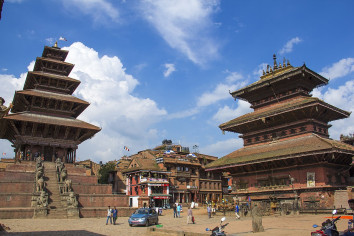
21st Jul, 2023

27th Jul, 2023
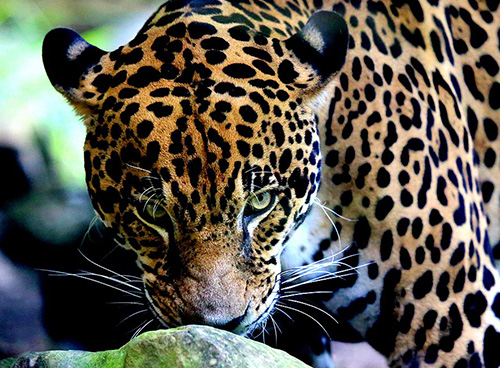
30th Jul, 2023
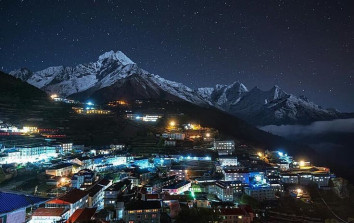
30th Jul, 2023

21st Aug, 2023
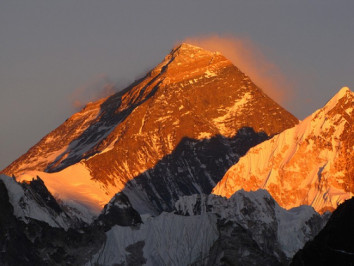
22nd Aug, 2023
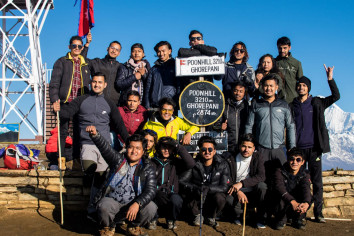
28th Aug, 2023
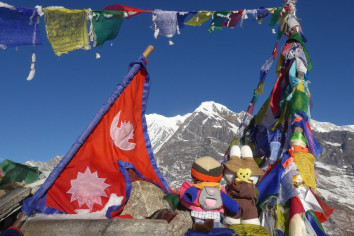
6th Oct, 2023

5th Nov, 2023

7th Nov, 2023

19th Nov, 2023
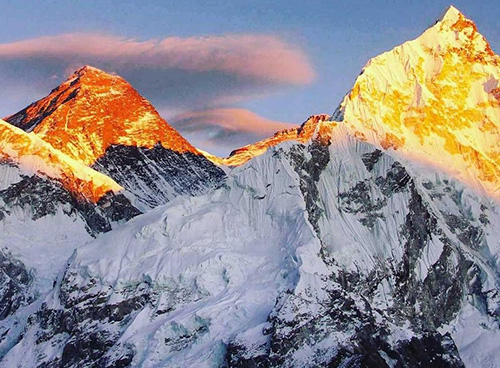
25th Nov, 2023

1st Dec, 2023
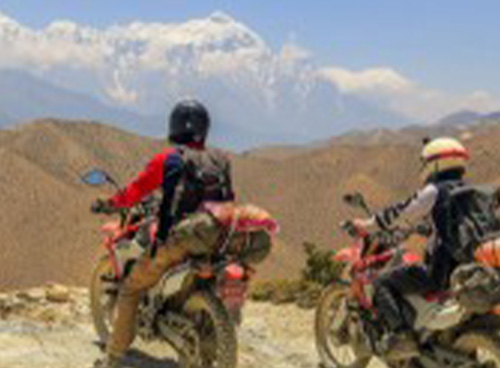
3rd Dec, 2023

13th Dec, 2023
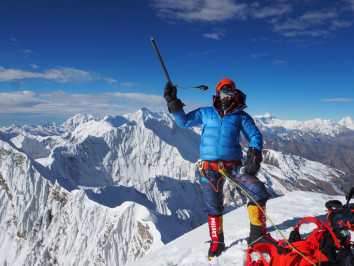
13th Dec, 2023
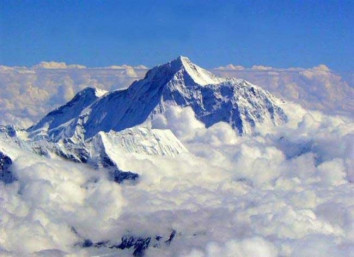
13th Dec, 2023

21st Dec, 2023

21st Dec, 2023

23rd Dec, 2023
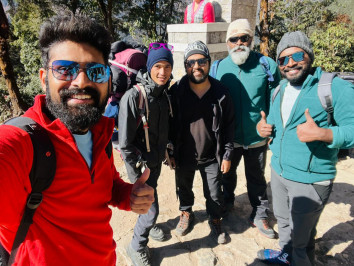
25th Dec, 2023

25th Dec, 2023

31st Dec, 2023
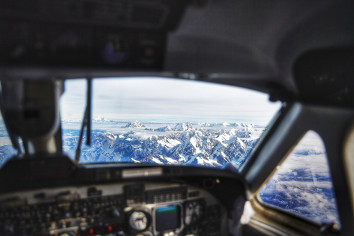
31st Dec, 2023
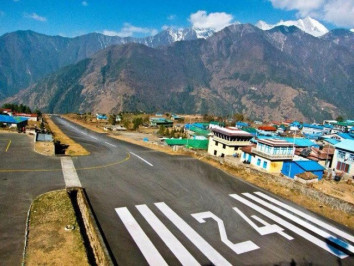
31st Dec, 2023

1st Jan, 2024
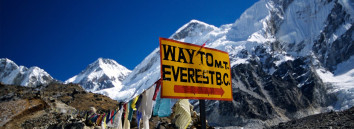
2nd Jan, 2024
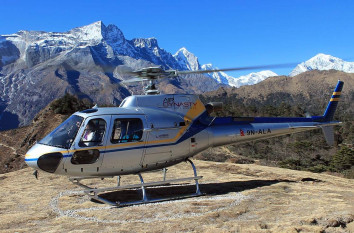
2nd Jan, 2024
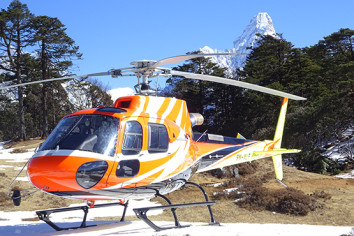
2nd Jan, 2024

3rd Jan, 2024
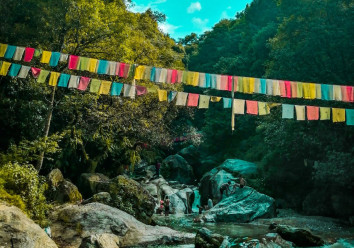
4th Jan, 2024
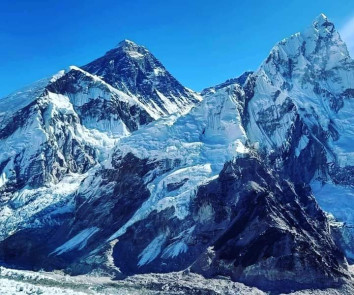
4th Jan, 2024
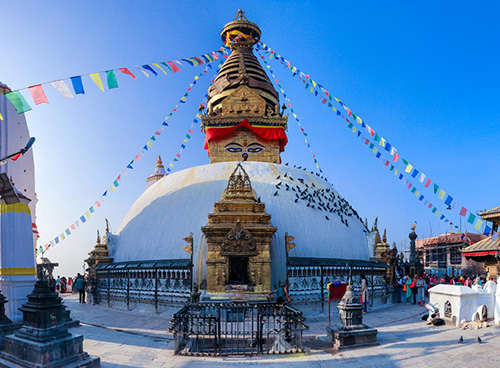
4th Jan, 2024
.jpg)
4th Jan, 2024

4th Jan, 2024

4th Jan, 2024

5th Jan, 2024

6th Jan, 2024

6th Jan, 2024

9th Jan, 2024

10th Jan, 2024
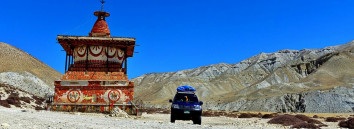
10th Jan, 2024
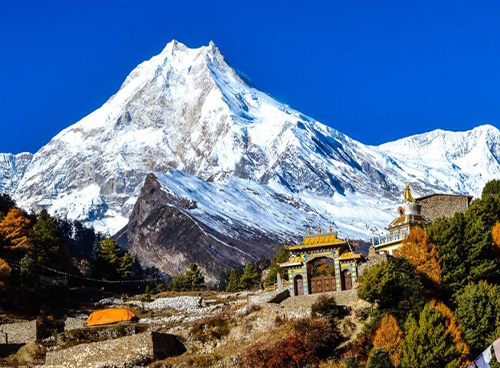
10th Jan, 2024

10th Jan, 2024

11th Jan, 2024
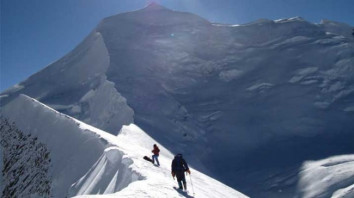
11th Jan, 2024

12th Jan, 2024

12th Jan, 2024

13th Jan, 2024
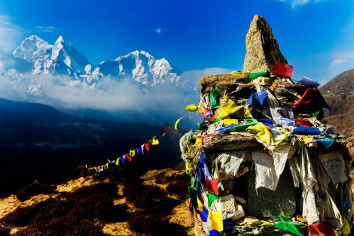
14th Jan, 2024
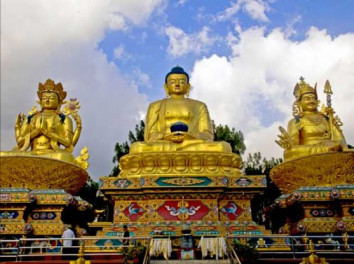
14th Jan, 2024

15th Jan, 2024
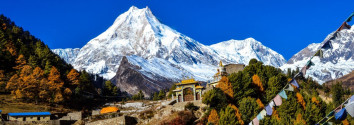
15th Jan, 2024

15th Jan, 2024

16th Jan, 2024
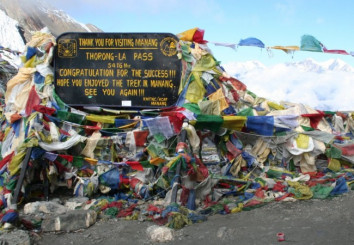
16th Jan, 2024
.jpg)
16th Jan, 2024

16th Jan, 2024
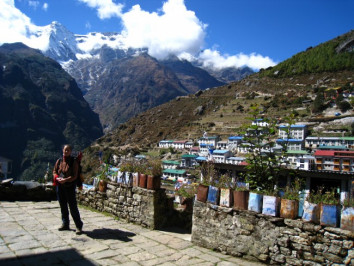
18th Jan, 2024
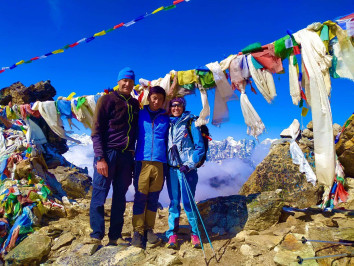
24th Jan, 2024

26th Jan, 2024
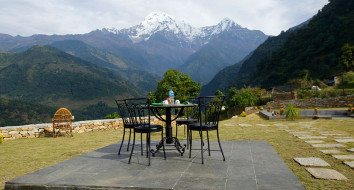
28th Jan, 2024
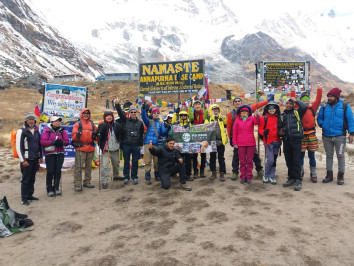
28th Jan, 2024

30th Jan, 2024
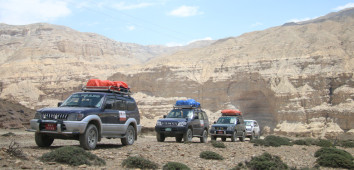
30th Jan, 2024
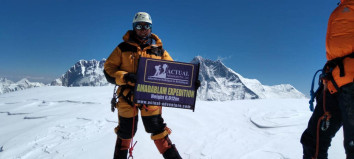
2nd Feb, 2024

2nd Feb, 2024

2nd Feb, 2024
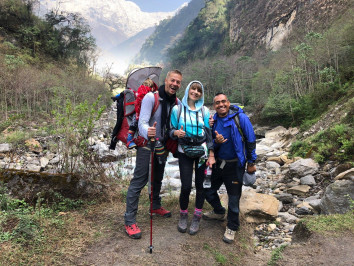
3rd Feb, 2024
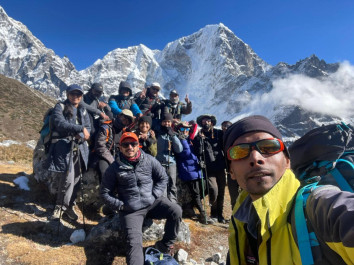
4th Feb, 2024

8th Feb, 2024

9th Feb, 2024

10th Feb, 2024
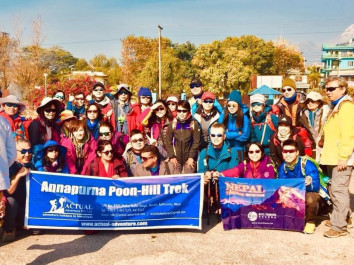
10th Feb, 2024
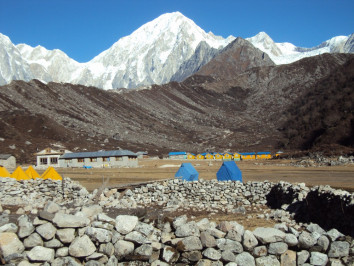
11th Feb, 2024

12th Feb, 2024
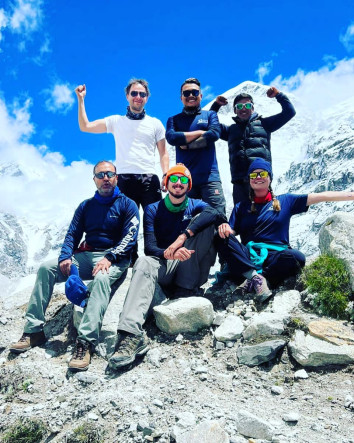
12th Feb, 2024

13th Feb, 2024

13th Feb, 2024

16th Feb, 2024

18th Feb, 2024

20th Feb, 2024
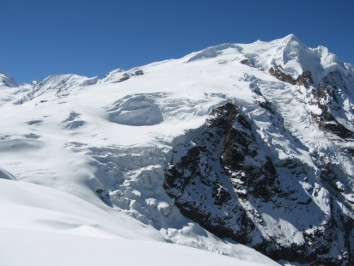
21st Feb, 2024
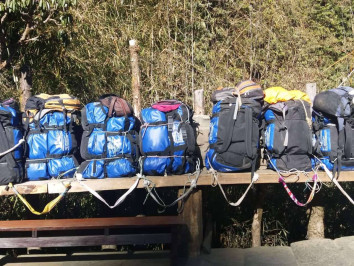
21st Feb, 2024

27th Feb, 2024
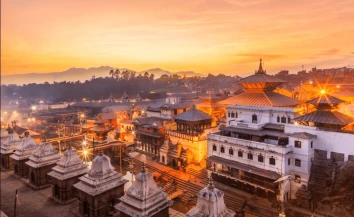
3rd Mar, 2024

3rd Mar, 2024
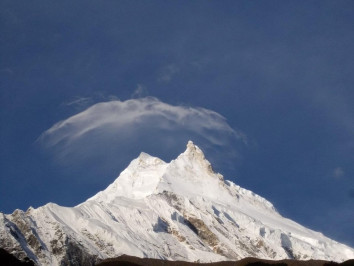
4th Mar, 2024
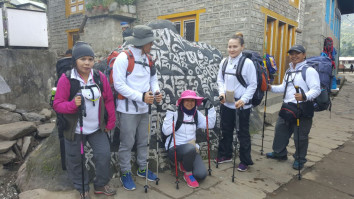
5th Mar, 2024
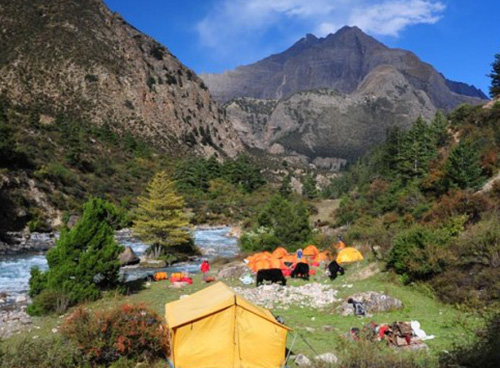
5th Mar, 2024

10th Mar, 2024

10th Mar, 2024

10th Mar, 2024
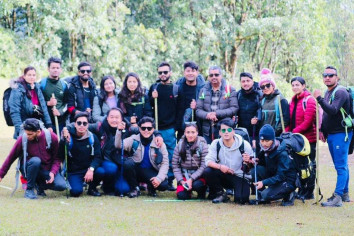
11th Mar, 2024

13th Mar, 2024

13th Mar, 2024
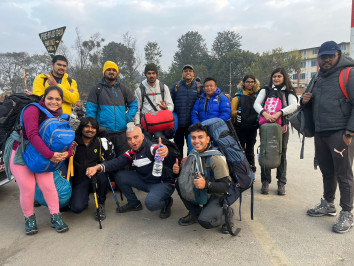
19th Mar, 2024
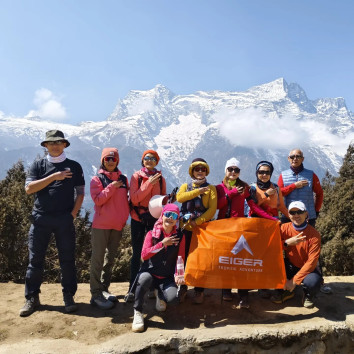
22nd Mar, 2024

26th Mar, 2024

27th Mar, 2024

27th Mar, 2024

27th Mar, 2024
-1624864292-1.jpg)
28th Mar, 2024

2nd Apr, 2024

2nd Apr, 2024

4th Apr, 2024
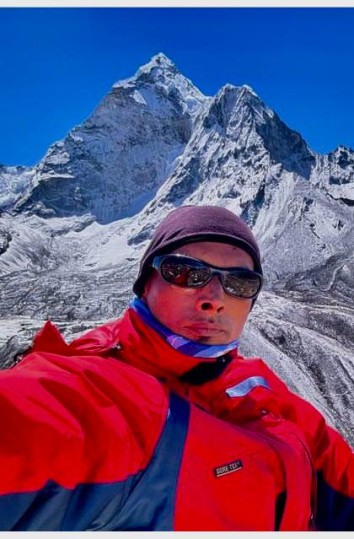
12th Apr, 2024
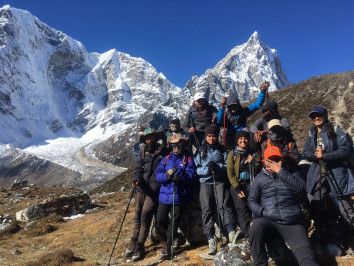





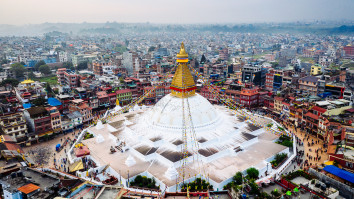
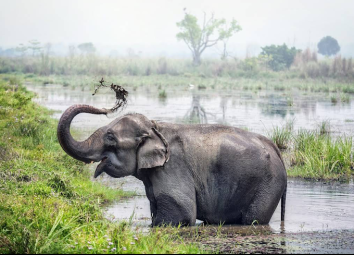


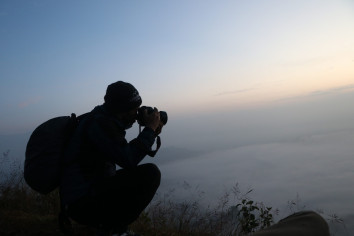


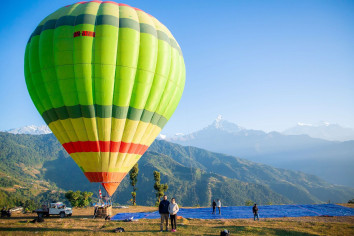






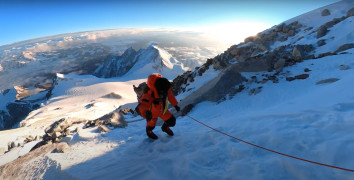
.jpg)
